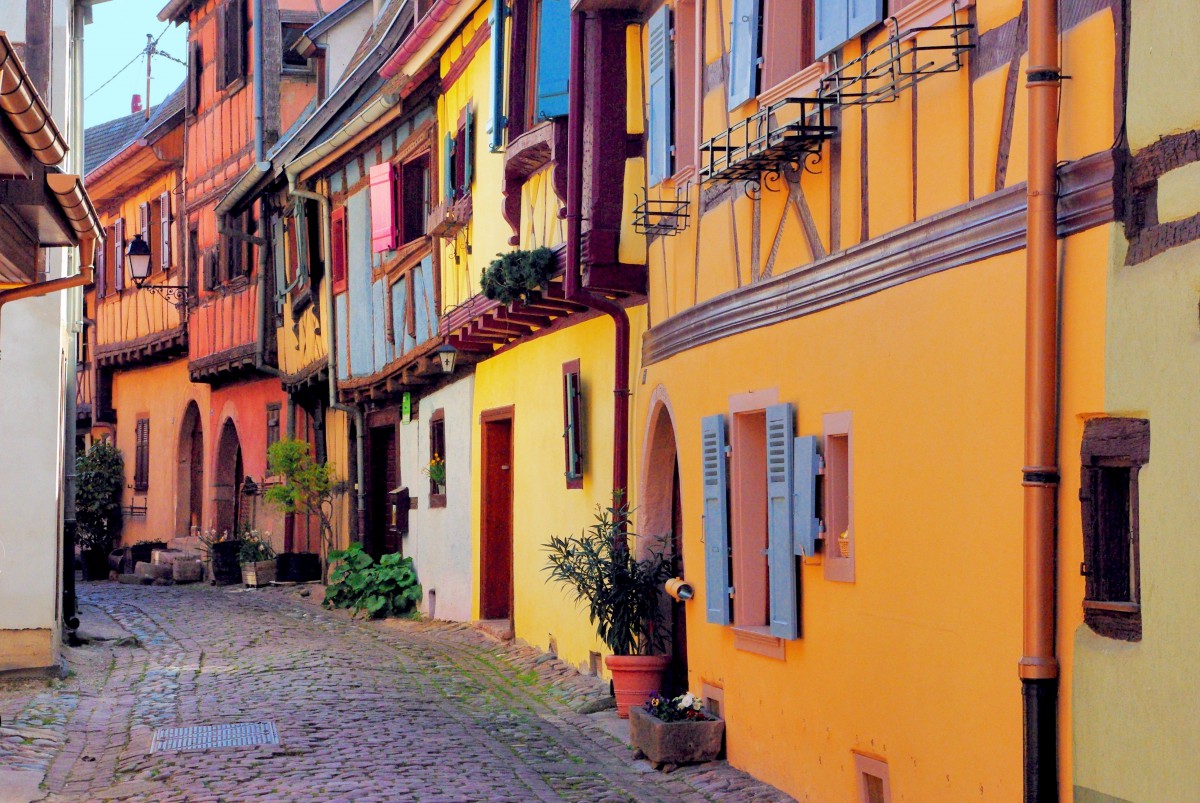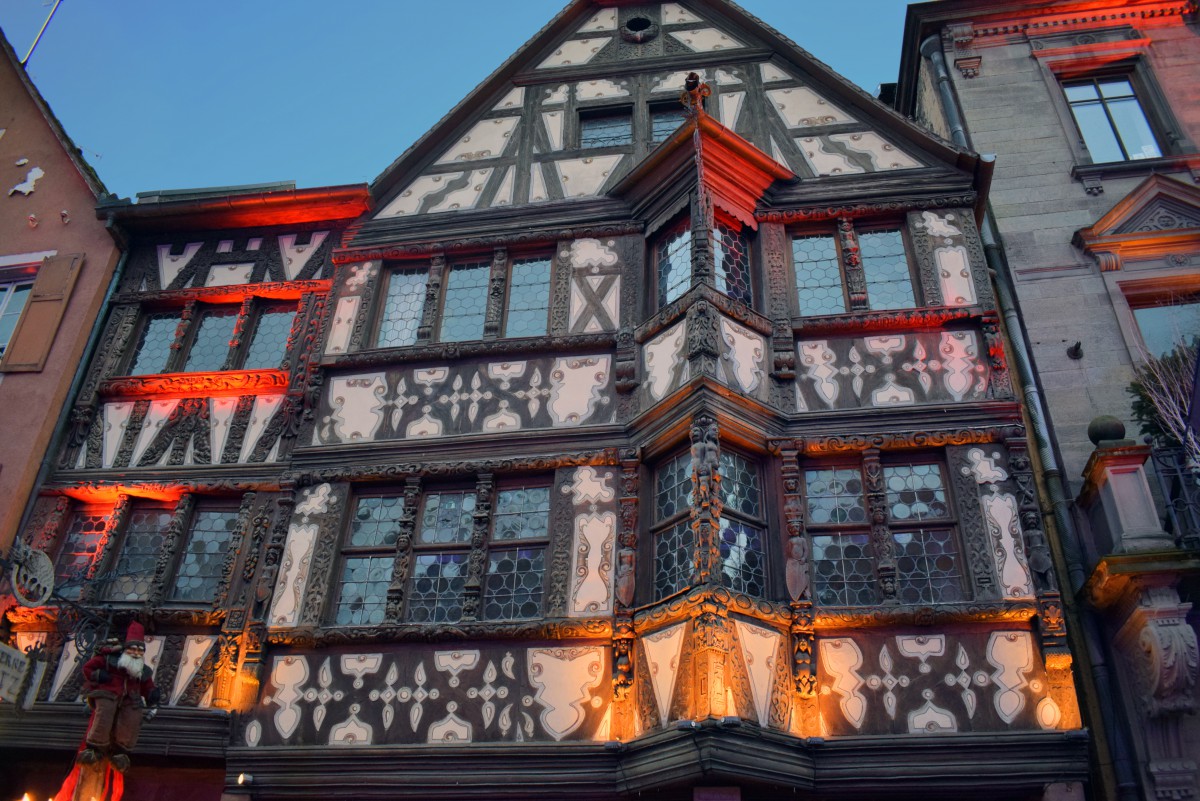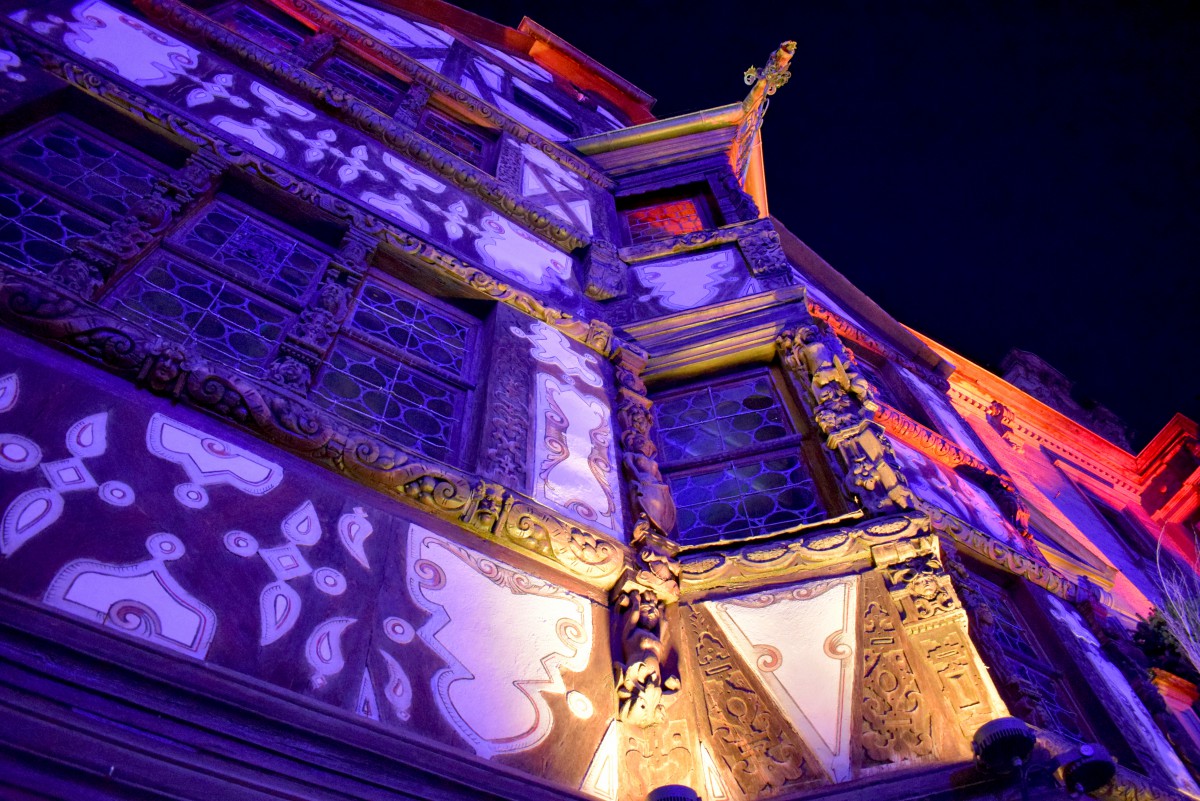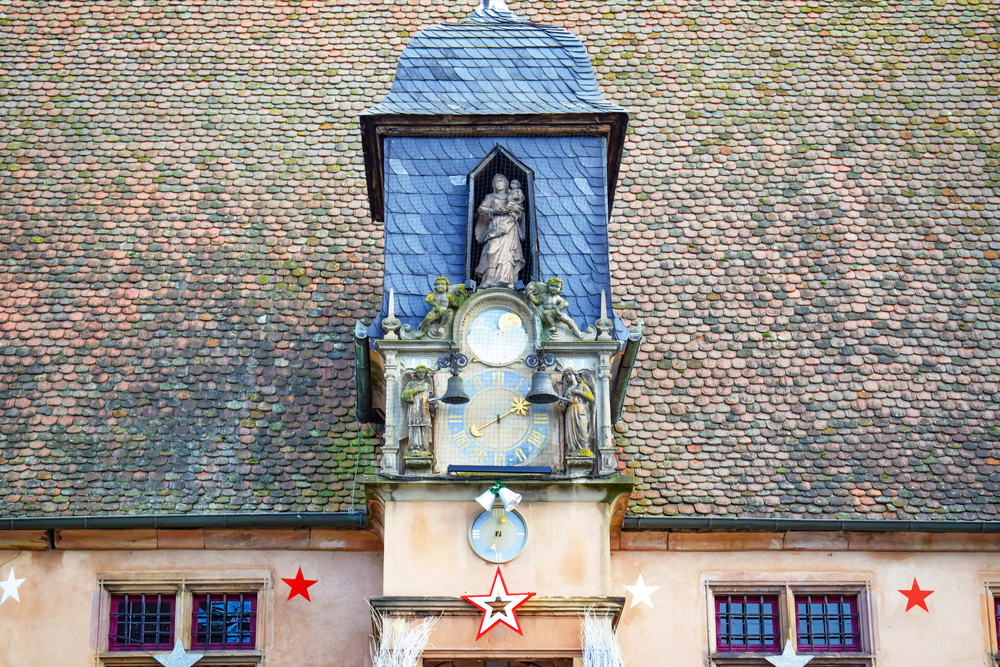Alsace is full of heritage treasures. The province has produced some of the most daring and sophisticated architecture of the German Renaissance: Romanesque and Gothic churches, great cathedrals, monasteries, medieval castles and ramparts, ancestral vineyards… Among the hundreds of historical monuments in the region, there are some fine examples of bourgeois residences that are worth a visit. These are beautiful Renaissance residences dating from the 16th and 17th centuries. This article lists 7 of the most beautiful Renaissance houses in Alsace to discover during your next stay.
[lwptoc]
Half-timbered houses in Alsace
There was and still is a strong Germanic influence on the architecture in Alsace.
The types of Alsatian houses and the materials used are part of the great German architectural family of “pan de bois” (or half-timbering). This architectural family uses many local symbols and decorations. These symbols appear on the porches, doors and on the pieces of wood used to build the half-timbered walls.

The Renaissance houses in the Alsatian vineyard
Among the most beautiful Alsatian houses are the houses of the vineyard.
These Renaissance houses in Alsace are mostly located in the Alsatian vineyard which extends from north to south in the foothills of the Vosges. They are generally quite luxurious dwellings dating mostly from the 16th and 17th centuries. The first floor is often made of stone (Vosges pink sandstone) while the upper floors are half-timbered.

A large roof protects the house and therefore a balcony often appears just under the roof. The windows are small, while the beams are visible.
The cellars of these Alsatian houses are huge and ideal for storing wine. The doors of these wine storage are wide and easily accessible from outside the house.
Finally, the inner courtyard is usually closed.

The corbelling
The owners of these houses were generally well-to-do, some of them even fitting out the house with a corbelled structure.
Corbelling is a technique that consists in using a piece of wood or stone protruding from a wall to support the superimposed weight of the wall or parapet. This creates extra space for the upper floors. This is an expensive construction technique, mainly used in Alsace.

The most beautiful Renaissance houses in Alsace
Let’s go from north to south to discover 7 Renaissance houses in Alsace, from Strasbourg to Mulhouse, passing by Colmar and the vineyard.
1. The Kammerzell House in Strasbourg
16, place de la Cathédrale, Strasbourg

The Maison Kammerzell, on the Place de la Cathédrale, is said to be the oldest building in Strasbourg still in commercial use.
It is the most beautiful house in the historic centre of Strasbourg, if only for its richly decorated half-timbering.
This magnificent 15th and 16th century Renaissance house was built by a cheese merchant, Martin Braun.
The ground floor – in medieval style – is made of stone. The upper floors, in Renaissance style, are made of carved wood.
The facade of the Kammerzell House has 65 crown glass windows. Their carved frames illustrate both biblical and mythological scenes.

The beautiful house owes its current name to the Würzburg grocer, Philippe-François Kammerzell, who bought it.
Today, the Maison Kammerzell houses a restaurant and a three-star hotel.
The Kammerzell House has been a historical monument since 1929.
2. The Katz House in Saverne
80, Grand-Rue, Saverne

One cannot stroll down the Grand-Rue of Saverne without noticing a beautiful carved half-timbered house: it is the Maison Katz (or Katz tavern).
This Renaissance house was built in 1605 by Henri Katz, the general receiver of the bishopric of Strasbourg, on which Saverne depended.
At first a butcher’s shop, then a cooperage, the Katz House now houses a restaurant that reflects the warm atmosphere of the Alsatian Winstubs.

The dining room of the Katz tavern must be discovered inside. With its low wooden ceiling (16th century), it is typically Alsatian. As for the tables, the restaurant has decorated them in the Alsatian style, with Kelsch tablecloths.
The Katz House has been a historical monument since 1929.
3. The Metzig in Mosheim
Place de l’Hôtel de Ville, Molsheim

The Metzig is a historical building located in the centre of the small city of Molsheim, in front of the city hall. It is also called “les grandes boucheries” (the big butcher’s shop) because it was here that the powerful guild of the butchers of Molsheim had its seat. Moreover, “metzig” means in Alsatian “slaughterhouse” or “meat market”.
Dating from 1583, the Metzig has the particularity to have a double flight staircase. One will notice the beautiful balustrade worked, out of stone.
A turret of 1607 surmounts the staircase. It contains a Jacquemarts clock.

Today, the Metzig houses a restaurant on the first floor and a meeting or exhibition room on the second floor.
The Metzig has been a historical monument since 1920.
4. The Faller-Brief House in Kaysersberg
88, rue du Général de Gaulle, Kaysersberg

The Faller-Brief House is a masterpiece of Rhenish Renaissance architecture. It is located in Kaysersberg, not far from the famous fortified bridge (unique in Alsace). The winegrower’s house is indeed very picturesque with its half-timbering.
The ground floor is made of pink Vosges sandstone and covered with white plaster. As for the upper floors, they are half-timbered. We find all the elements that make it an exceptional residence of the 16th-17th centuries: a small log cabin, an angled courtyard and an oriel.

An inscription gives information on the construction of the house: 1594. It was built for the cooper Paul Offinger, hence the cooper emblem on the façade.
The Faller-Brief house has been a historical monument since 1913.
5. The Pfister House in Colmar
11, rue des Marchands, Colmar

The Pfister House in Colmar is without a doubt the most beautiful bourgeois house in Alsace. It was built in 1537 by a hatter from Besançon. The house, decorated with frescoes and medallions, is a masterpiece of the Rhenish Renaissance.
The arcaded ground floor is surmounted by an elegant wooden gallery cut off, at the corner of the street, by a magnificent two-story loggia. The pyramidal roof is supported by beautifully worked brackets.

The Pfister House has been a historical monument since 1927.
6. The Maison des Têtes in Colmar
19, rue des Têtes, Colmar

The Maison des Têtes was built in 1609 for the merchant Anton Burger, mayor of Colmar from 1626 to 1628. The particularity of the house is its profusion of figurines visible on the facade. This explains its name: House of the Heads… because there are no less than 105 grotesque masks (mascarons) adorning the central oriel and the window mullions!

On the gable of the Maison des Têtes stands a small pewter cooper, the work of Auguste Bartholdi, a native from Colmar and sculptor of the Statue of Liberty.

The house is now a famous hotel restaurant.
The Maison des Têtes has been a historical monument since 1898.
7. The old town hall of Mulhouse
Place de la Réunion, Mulhouse

The old city hall of Mulhouse is a magnificent example of the Renaissance, with its facades painted with trompe l’oeil decorations.
Its particularity is that it has a double flight covered staircase. Only two buildings in Alsace show such a characteristic (the other was the Metzig in Molsheim).

Today, the building houses the Mulhouse historical museum. You can admire many historical documents and collections of paintings. You can also visit the beautiful council room. This is where the government of the Republic of Mulhouse used to meet. At that time, the city was allied to the Swiss cantons (you can see their coats of arms as well as the famous Mulhouse Wheel!)

The old city hall of Mulhouse has been a historical monument since 1929 and 1961.
The most beautiful Renaissance houses in Alsace on Pinterest
Pin on Pinterest!

Find out more!
- Our guide on the half-timbered houses of Alsace
- Discover the region of Alsace
- Read this article in French on the webzine En France Aussi




